When the Scania R cab was launched in 1980, it was a game-changer. Today it’s one of the most sought-after show trucks, as Pip Dunn explains.

At the tail end of 1980, Scania’s new GPR range was unveiled, with the most obvious upgrade being the new cab that used a modular approach to construction. For long-distance operation, the R cab could have three engine choices under it. The iconic V8 as the R142 was the flagship, but the R112 was the model that appealed to most.
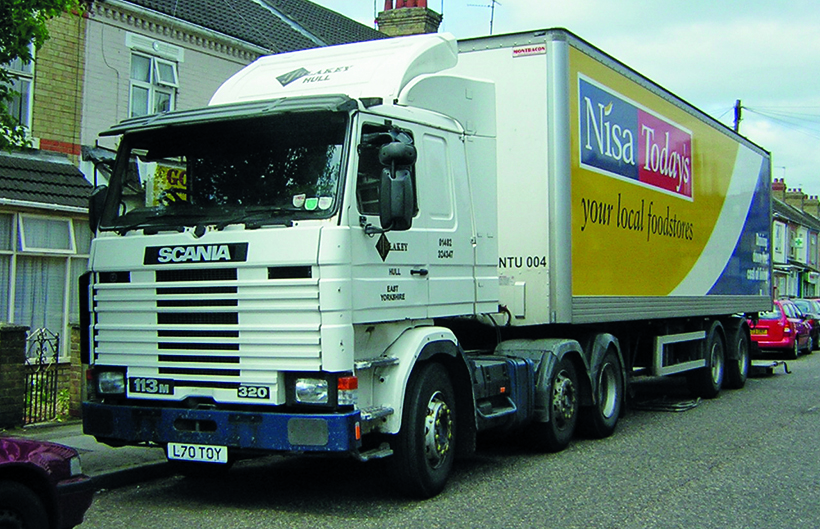
Eight years later, the model had a revamp with the R113/143 models replacing the established and popular R112/142. The changes were mostly to the drivelines, but there were a few tweaks to the cab as well, with side dirt deflectors the most notable difference. There was also a new Topline high-roof cab option although, in fairness, this was fairly small, and nothing compared to the Volvo Globetrotter, DAF Space Cab or MAN Roadhaus.
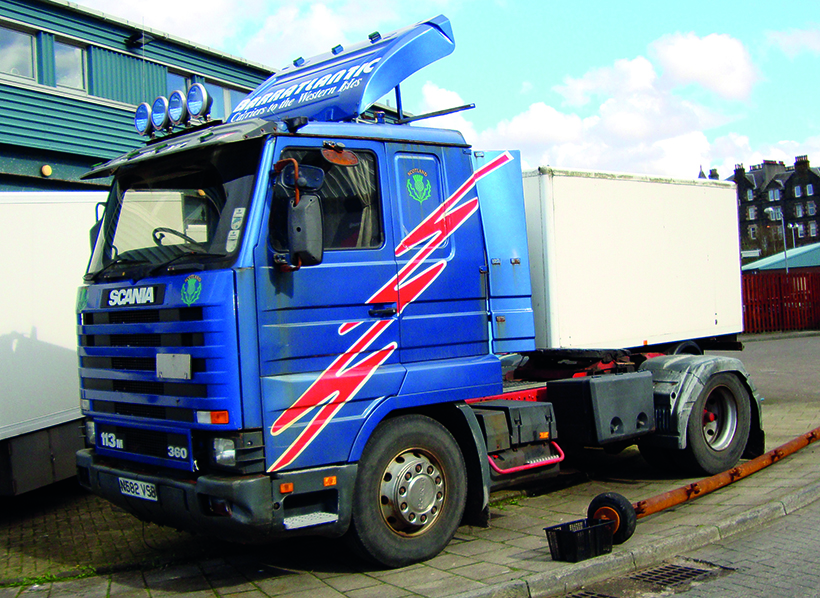
Under the cab
The R series cab was available with three main engine choices – the 8.5-litre R93 (few, if any, of which were sold in the UK), the 11-litre R113 – the company’s biggest seller – and the R143 with the 14-litre V8.
Engine options were 204, 246 or 275hp – badged as 210, 250 and 280 – in the former, 310, and 354 – badged as 320, 360 for the middle engine – and 435hp (Bizarrely badged as 450) for the V8. Later changes saw a few engine tweaks with models badged as 220, 230, 340, 380 and 400, while the V8 was later available in 400, 420, 470 and 500hp options.
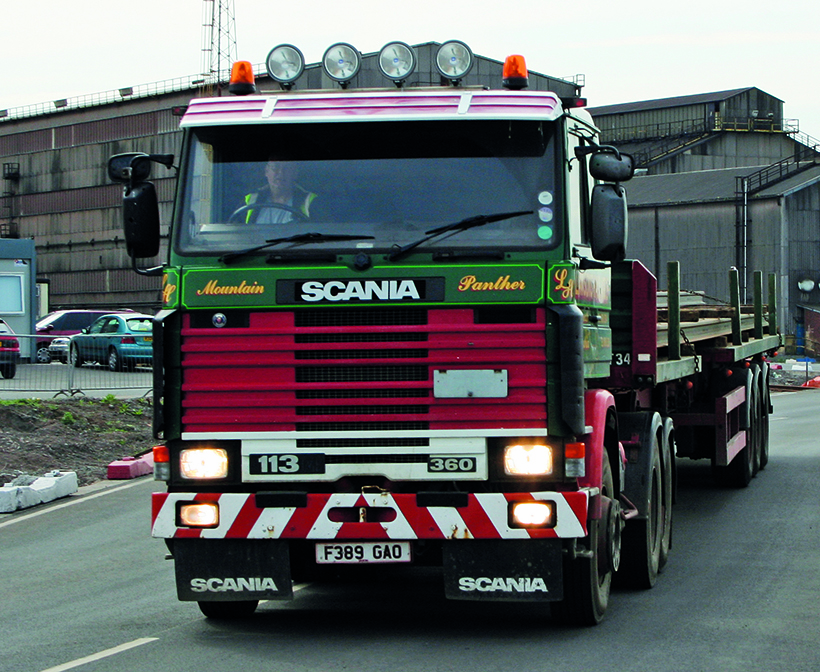
The 380 and 500hp versions of the engine featured EDC – Electronic Diesel Control – which monitored the engine speed and other factors that affected combustion, and automatically adjusted the fuel injection timing to make a near perfect combustion on every stroke.
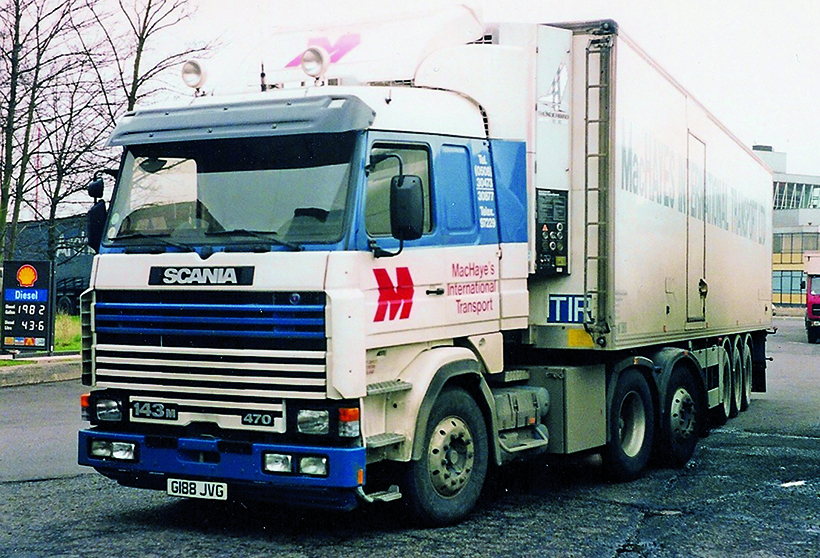
Cab options were day – rarely specified in the UK – sleeper and Topline. The main user of day cabs – with V8s – was McGovern’s for its bulk waste operations in and around the capital.
The gearbox options were the G770 five-speed, the GS771 10-speed, the GR871 10-speed, the GR880 10-speed or the GRS900 14-speed. Axle layouts were 4×2, 6×2 twin-steer, 6×2 tag-axle and 6×4 as tractors. The trucks could be specified as 4×2, 6×2 tag and 6×4 as rigids the four- and six-wheelers popular for drawbars – certainly on the continent, although less so in the UK.
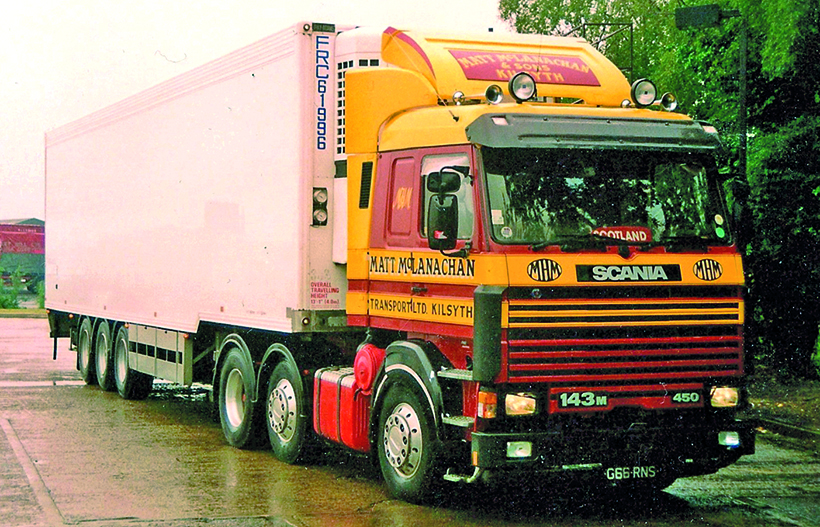
Streamline
A major change came in the spring of 1991, when the Streamline option was made available for the cabs. This featured an external casing around the front grille to offer a smoother cab, and so better fuel consumption. This was available on all three cab types, and became a standard feature on R113.380s and R143s from 1993, although the original cab could be specified as an alternative.
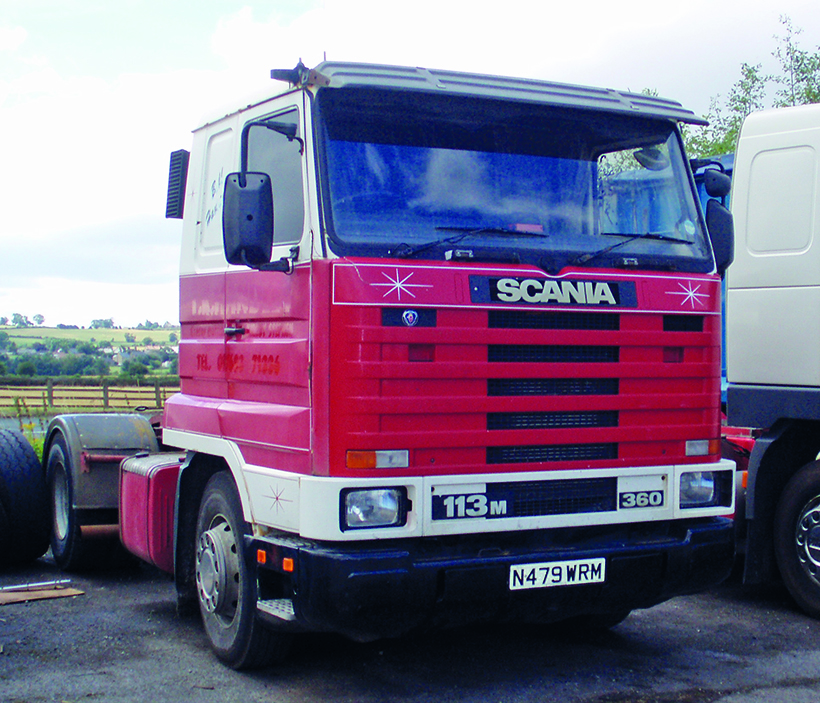
The Topline cab soon gained a lot of criticism for a hefty price tag and not much additional internal headroom, which led to Dutch firm Beers soon offering its Starline high roof cab option, which was marketed by Scania in the final years of the truck’s life, from 1994.

All good things come to an end
After a life of 16 years, the GPR cab range used in the 2- and then 3-series was replaced in 1996 by the new 4-series, which initially wasn’t especially liked for its strange upper bunk set-up in the – admittedly much-increased in size – Topline cab option.

But the 3-series was still popular, and one Scania salesman once told me: “I could sell then all day long if they were still offered!”
And their popularity is proven on the show scene. Good condition R113s and – especially R143s with the V8 engine – command seriously good money and, if a runner or restored, then you’re looking in the £30,000-£50,000 bracket should you want to buy one! You’ll still see the odd one on the road working, again, especially the R143 models.
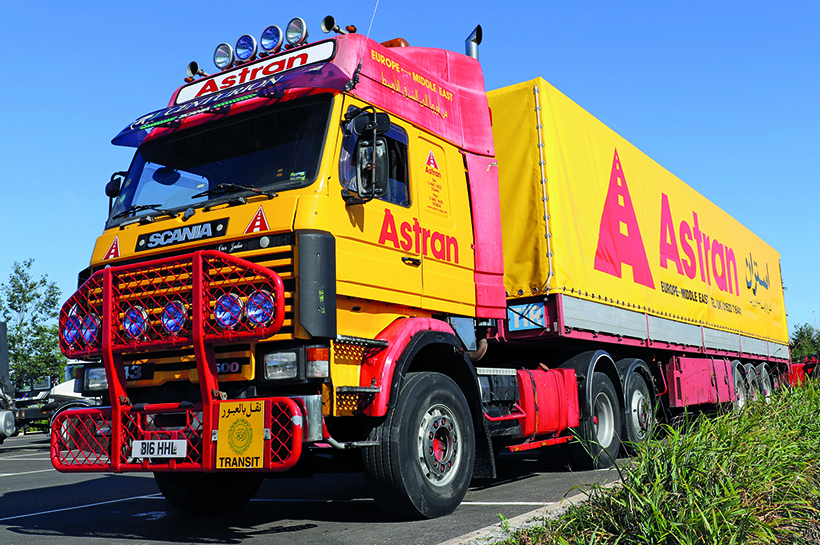
Scania has always had a history of development and rewriting the rulebook, especially when it comes to driver comfort. Its 140 cab was ahead of its time when it appeared in the late 1960s, and when it started to show its age in the late 1970s, Scania acted accordingly with the iconic R cab.

The fact remains today if you are lucky enough to see a truck of mid-1990s vintage still working at top weight, it will most likely be a Scania 143. And if you own one, then again, the chances are it’s an investment that will only go up in value!
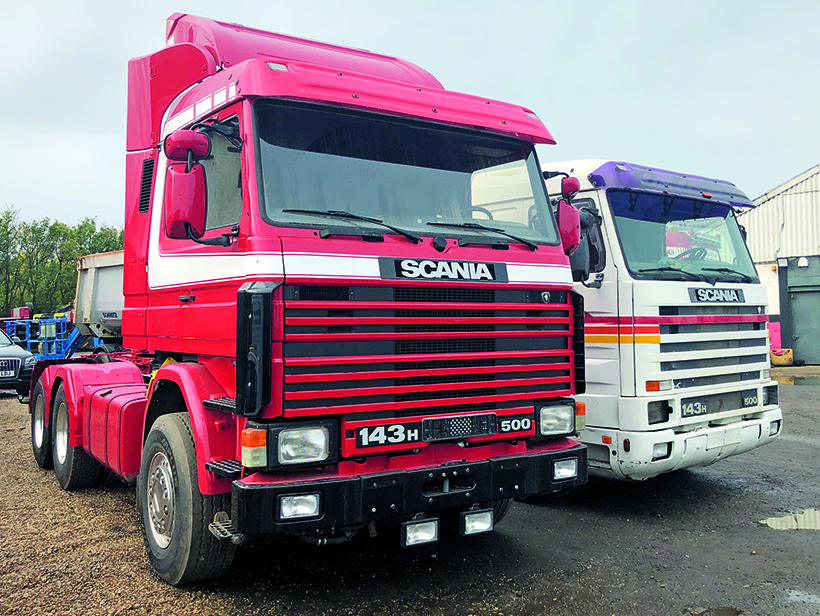
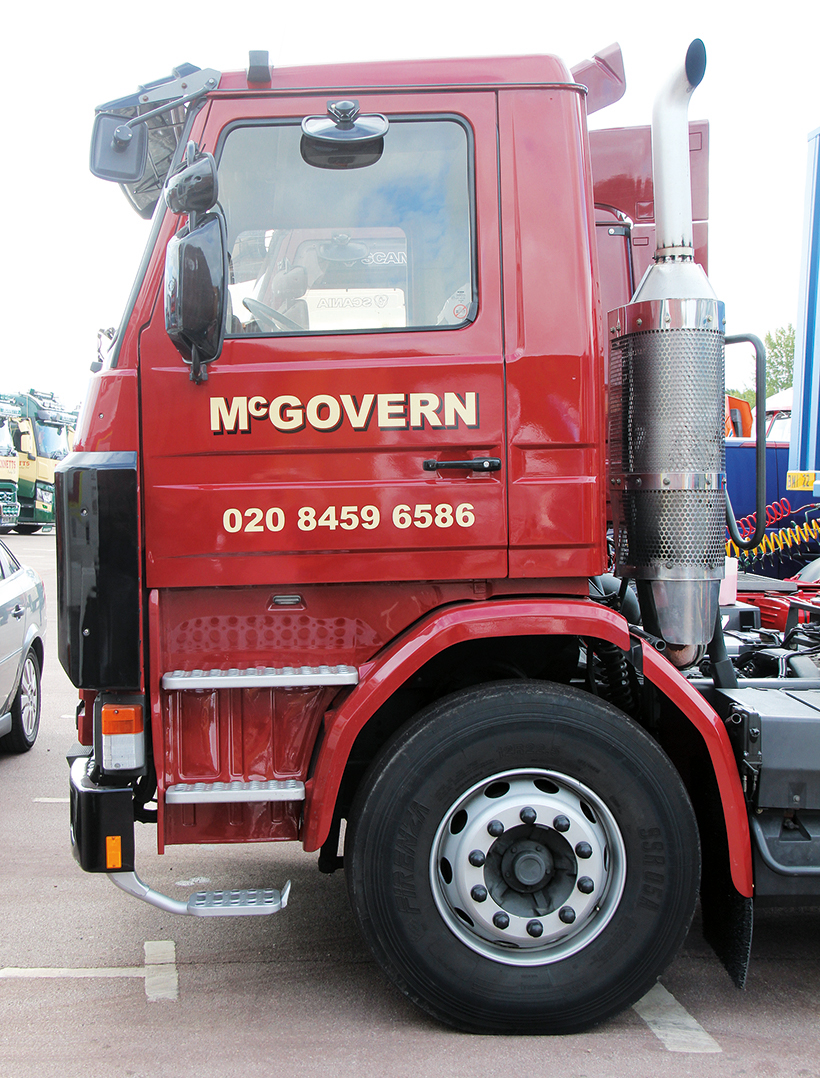
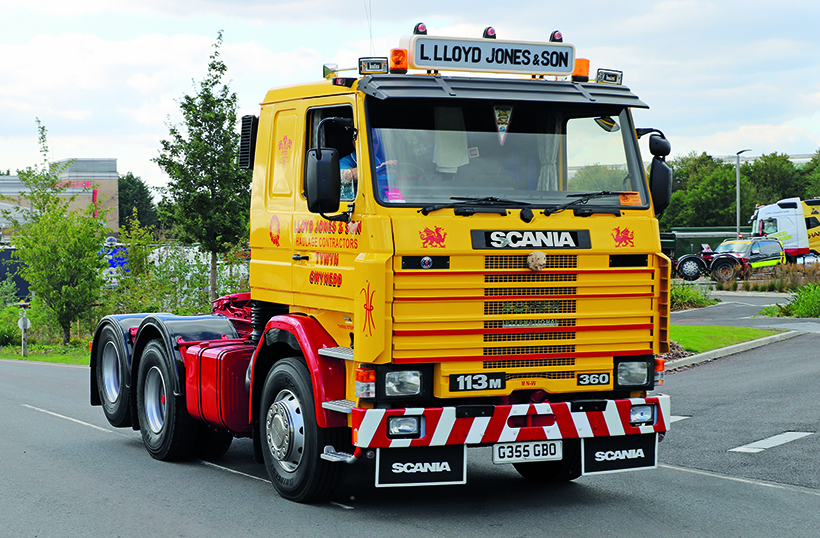

For a money-saving subscription to Heritage Commercials magazine, simply click here

